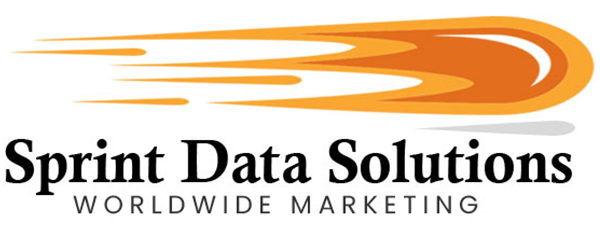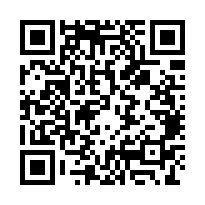Boat Owners Are An Excellent Target Market
Boat owners are a unique and passionate group who value independence, adventure, and quality of life. For many, boating is more than just a weekend activity—it’s a lifestyle rooted in exploration, relaxation, and a deep connection to nature. Whether they’re navigating rivers, lakes, or coastal waters, these individuals tend to be highly skilled, self-reliant, and mechanically savvy. Many are active participants in outdoor pursuits like fishing, hunting, diving, and water sports, while others enjoy leisurely cruises, hosting friends and family, or anchoring in scenic coves for the day. There’s also a growing segment of boaters who embark on ambitious, long-distance voyages, often exploring remote waterways or even crossing oceans, making boating a key part of their identity.
This vibrant lifestyle makes boat owners an ideal target for a wide range of industries—from outdoor gear, marine electronics, and maintenance supplies to luxury goods, beverages, travel experiences, and financial services. These individuals are typically high-value consumers who prioritize experiences, quality, and convenience. However, reaching them through traditional marketing can be a challenge. Since many boaters spend a significant amount of time away from screens and are often off-grid, passive or generic marketing efforts often fall short. That’s where our specialized boat owners list comes in. It provides comprehensive, up-to-date contact information along with insightful demographic and behavioral data. This allows businesses to not only reach boat owners directly but also tailor messages and campaigns with precision—enhancing engagement, building brand loyalty, and maximizing ROI.
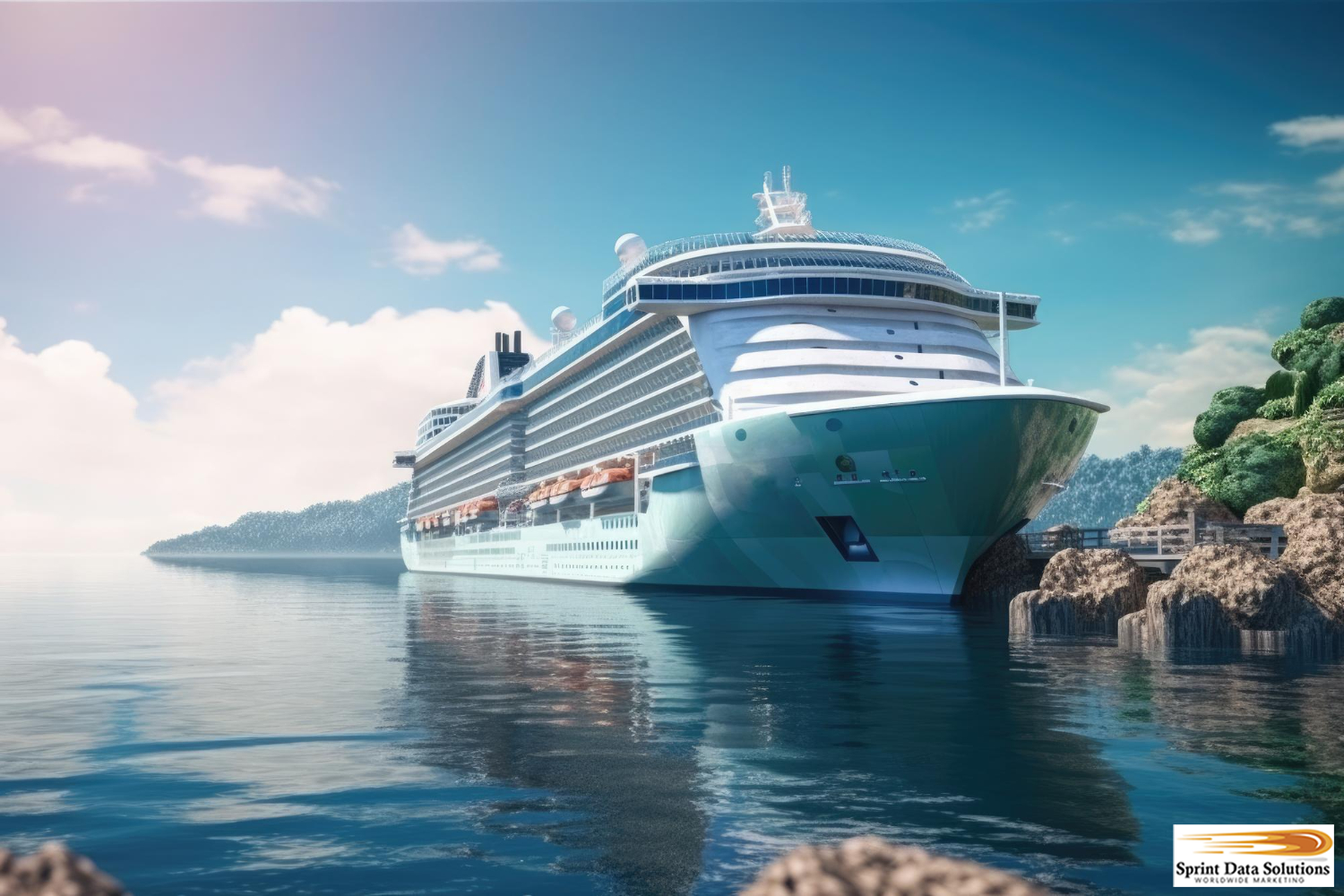
Boats Are Growing In Popularity Every Year
The recreational boat market in the United States was valued at approximately $16.26 billion in 2021 and is projected to grow to $26.18 billion by 2027, representing a compound annual growth rate (CAGR) of 8.26%. This growth is fueled by a combination of factors, including rapid advancements in marine technology—such as electric propulsion systems, integrated GPS and sonar, and smart navigation tools—which are making boating more accessible and appealing to a broader demographic. Additionally, a rising interest in outdoor and water-based recreational activities, especially following lifestyle shifts during the pandemic, has driven increased demand for boats. The expanding domestic tourism industry is also a major contributor, with more families and individuals opting for local travel experiences involving lakes, rivers, and coastal areas. Beyond personal recreation, boats are being embraced by entrepreneurs and small business owners as platforms for high-end hospitality services, including waterfront dining, charter fishing, private tours, and luxury client entertainment. This multifaceted demand underscores the recreational boating market’s evolving role in both leisure and business sectors.
Boat Owner Demographics
Over 100 million Americans participate in recreational boating activities each year, representing nearly one-third of the U.S. population. Approximately 12% of U.S. households own at least one boat, highlighting the strong presence of boating in American leisure culture. While the average age of a boat owner is 54, the demographic is shifting, with millennials accounting for 31% of all boat owners—a notable increase that reflects growing interest among younger generations. Boat ownership spans a wide income range, though a majority of owners (61%) report annual household incomes under $100,000, showing that boating is accessible to many middle-class families as well as affluent individuals. High-net-worth individuals also make up a significant portion of the boating community, often purchasing larger or luxury vessels. The average annual cost of boat ownership—including storage, maintenance, insurance, and fuel—typically ranges from $5,000 to $8,000, though this can vary significantly depending on boat type and usage. One of the key trends fueling growth in the recreational boating industry is the rise of online boat sales platforms, which make it easier for consumers to research, compare, and purchase boats remotely, streamlining the buying process and expanding market access.
Boat Owners Are The Ideal Market For Many Industries
Boat owners represent a highly valuable and versatile target market for a wide range of industries due to their active lifestyles, disposable income, and passion for leisure and outdoor activities. Whether you’re in the marine industry, luxury goods, travel and tourism, automotive, outdoor equipment, or insurance, reaching boat owners can significantly boost your marketing ROI. These consumers often invest in accessories, maintenance services, high-performance vehicles, travel experiences, and premium products to enhance their boating lifestyle. Our boat owners list provides access to well-vetted, up-to-date contacts that are perfect for companies looking to engage with a motivated and responsive audience. If your business serves high-end consumers, recreational enthusiasts, or coastal markets, this list is an ideal tool to help you reach those who are ready to spend on quality experiences and products.
Boat Insurance
In most U.S. states, boat owners are required to carry at least a minimum amount of liability insurance to legally operate their vessels. This usually includes both bodily injury (BI) and property damage (PD) coverage, which protect the policyholder in the event of accidents causing harm to others or damage to other boats, docks, or structures. However, many boat owners opt for more robust protection by purchasing comprehensive and collision coverage—commonly referred to as full coverage insurance. Comprehensive coverage helps cover non-collision incidents such as theft, vandalism, fire, or weather-related damage, while collision coverage handles repairs or replacement if the boat is damaged in an accident with another watercraft or object. In addition to these core protections, a variety of optional add-ons are available, including medical payments (med-pay) or personal injury protection (PIP) to cover medical expenses for the policyholder and passengers regardless of fault. Coverage for personal effects—such as fishing gear, camping supplies, or watersports equipment—and emergency roadside assistance for towing the boat trailer are also popular. These enhancements are especially appealing to outdoor enthusiasts who frequently use their boats for fishing, camping, or extended recreational trips, ensuring peace of mind both on the water and while in transit.
Travel And Tourism
Boat owners are passionate travelers with a strong appreciation for nature and outdoor adventure. Whether cruising along freshwater lakes and rivers or navigating coastal waters, these individuals actively seek scenic, water-adjacent destinations. This makes our boat owners list a valuable asset for travel businesses situated near lakes, rivers, bays, or the ocean. These travelers often require accommodations with easy access to marinas, boat ramps, or docks—making hotels, motels, resorts, and short-term rental properties especially appealing when they cater to boating needs. Additionally, many boat owners engage in outdoor activities such as camping, fishing, and hunting, making them prime customers for wilderness outfitters, eco-tourism operators, and guided adventure tours. From waterside lodging providers to outdoor gear companies, a wide range of businesses can benefit from direct access to this highly engaged, lifestyle-driven market through our comprehensive boat owners list.
Docks
Owners of large boats—such as yachts, houseboats, and pontoons—typically do not transport their vessels by trailer due to their size and weight. Instead, these boats are stored and accessed directly from docks. Some boat owners have access to private waterfront properties and may require custom-built dock systems tailored to their shoreline conditions and boat specifications. Others rent docking space at marinas or along popular waterways, often relying on seasonal or long-term contracts. These rented docks frequently include premium services such as boat lifts, fueling stations, maintenance support, and security. For businesses involved in dock manufacturing, custom dock installation, lift systems, or rental management, our comprehensive boat owners list provides a powerful marketing advantage. With verified contacts of large boat owners who actively use dock facilities, it’s an essential resource for reaching high-value customers who regularly invest in dock-related infrastructure and services.
Boat Storage
Boat owners who tow their vessels and do not keep them docked year-round frequently face the challenge of finding suitable storage options. Many turn to self-storage facilities or designated outdoor storage lots, which offer secure spaces with varying levels of access, weather protection, and surveillance. Others may store their boats on their own property, often requiring specific equipment to do so safely and efficiently. Regardless of the storage method, accessories are essential to protect the watercraft and extend its longevity. Boat covers are particularly popular, shielding vessels from UV damage, rain, snow, dirt, and debris. Quality covers also prevent mold and mildew buildup during long-term storage. Boat jacks, lifts, and cradles play a crucial role in elevating the hull off the ground, helping to prevent moisture accumulation that can lead to rust and corrosion, especially in metal components. For owners of smaller watercraft like kayaks and canoes, garage-mounted hoists, wall racks, or ceiling suspension systems provide space-efficient storage while keeping the boats protected from warping, scratching, or rodent damage. These accessories are not just conveniences—they’re often necessary investments for maintaining the value and condition of watercraft during off-season months.
Tow-Capable Vehicles
Tow-capable vehicles such as heavy-duty trucks, SUVs, and 4x4s are essential for many boat owners, especially those who don’t store their boats at marinas or private docks. For individuals who trailer their boats to various lakes, rivers, or coastal areas, having a vehicle with sufficient towing capacity is a necessity. These vehicles must be powerful enough not only to haul the weight of the boat and trailer, but also to navigate steep ramps and uneven terrain commonly found near boat launches. While small watercraft like kayaks, canoes, and lightweight aluminum fishing boats can sometimes be transported with larger sedans or crossovers, most boat owners invest in trucks that offer greater versatility. These vehicles often come equipped with specialized towing features such as trailer sway control, extended mirrors, integrated brake controllers, and reinforced hitches. In addition to pulling the boat itself, owners typically use these vehicles to haul essential gear—everything from coolers, life jackets, and fishing rods to camping equipment and food supplies. As a result, tow-capable vehicles play a central role in the boating lifestyle, offering both practicality and freedom of movement.
Boat Trailers, Vehicle Hitches, And Other Vehicle Accessories
In addition to needing tow-capable vehicles, boat owners also require a properly installed trailer hitch rated for the weight of their vessel. They must also invest in a specialized boat trailer designed to accommodate the hull shape, size, and weight of their specific boat model. Towing boats—especially over long distances or across varied terrain—places significant strain on both the vehicle and the trailer. This added stress often leads to accelerated wear on critical components like tires, brake systems, axles, and suspension parts. As a result, boat owners tend to require more frequent and specialized vehicle maintenance. They may also need trailer servicing for things like wheel bearings, lighting systems, and rust prevention. This creates a valuable opportunity for auto shops, parts retailers, tire centers, brake specialists, and trailer service providers to target this niche audience. Access to our boat owners list gives businesses the ability to reach a market that regularly invests in repairs, upgrades, and preventative care for their towing equipment.
Boating Safety Gear
Boat riders take safety seriously, often investing in a comprehensive range of gear to protect themselves, their passengers, and their vessels from unpredictable situations such as sudden storms, equipment failure, or medical emergencies. Essential safety equipment starts with properly fitting life jackets and wearable personal flotation devices (PFDs) for every person onboard, including children and pets. In addition to these, many boat owners also carry U.S. Coast Guard-approved throwable flotation devices like ring buoys or cushions, which are crucial for man-overboard situations. Visual signaling devices—such as flares, strobe lights, and signal flags—are important for drawing attention in low visibility conditions or distress situations, while sound-producing devices like air horns, whistles, or bells are required for navigation safety and emergency alerts. Beyond signaling, fire extinguishers are a must for combating onboard fires, especially in engine compartments or galley areas. A well-stocked first aid kit is another key item, ensuring that minor injuries or medical conditions can be managed until professional help is available. Flashlights or waterproof LED lanterns help with night navigation or searching in dark compartments. More safety-conscious boaters may also include items like emergency beacons (EPIRBs), waterproof radios, spare batteries, and even survival kits, especially if venturing offshore or into remote waters.
Communication Devices
Boat owners frequently invest in reliable communication devices as a critical part of their safety equipment. The most commonly used are very high frequency (VHF) marine radios, which allow boaters to communicate with other vessels, marinas, and emergency services, particularly the Coast Guard. VHF radios are essential for distress calls and receiving weather updates. However, since cellular signals often drop off beyond coastal areas, many boaters also carry satellite phones, which offer global coverage and enable voice communication even in remote regions or the open ocean. Some also invest in Emergency Position-Indicating Radio Beacons (EPIRBs) or Personal Locator Beacons (PLBs), which automatically transmit a distress signal with the user’s GPS location to search and rescue satellites when activated. These devices are especially valuable for offshore or long-distance cruisers who may be far from help. For boaters navigating unpredictable waters, having multiple layers of communication technology provides peace of mind and can be lifesaving in emergencies.
Navigation Tools
Navigation tools are essential for every boat owner, whether they’re weekend cruisers or seasoned mariners. There are a wide variety of navigation methods available, ranging from traditional to cutting-edge technologies. Classic techniques such as dead reckoning, pilotage, celestial navigation with sextants, and inertial navigation still hold strong appeal for enthusiasts who value precision and self-reliance. Many boaters continue to use hand tools like paper nautical charts, compasses, and dividers for plotting their routes manually. On the other hand, a growing number of boat owners prefer modern innovations like GPS systems, integrated motion sensors, marine radar, AIS (Automatic Identification System), and satellite-based navigation enhanced by real-time imagery. These digital tools offer greater ease, speed, and accuracy, especially for longer or more complex journeys. Whether catering to traditionalists or tech-savvy mariners, manufacturers of navigation tools can benefit greatly from targeting our comprehensive boat owners list—an invaluable resource for reaching customers with an active interest in marine navigation solutions.
Outdoor Gear
Boat owners tend to be passionate outdoor enthusiasts, often engaging in a wide range of nature-based activities like camping, fishing, hunting, and hiking. This makes them a prime audience for outdoor outfitters looking to expand their customer base. The Sprint Data Solutions boat owners list gives businesses access to a highly targeted group of consumers who routinely purchase outdoor gear. Many of these individuals invest in fishing equipment such as high-quality rods and reels, tackle boxes, bait, and specialty fishing line. They also show a strong interest in camping essentials, including durable tents, all-weather sleeping bags, hiking backpacks, portable cooking gear, and water filtration systems. In addition, boat owners often pursue hunting in remote areas only accessible by water, requiring specialized gear like camouflage apparel, waders, game calls, rifle scopes, trail cameras, bows, and firearms. Their affinity for rugged, off-the-grid experiences makes them a reliable market for tools, accessories, and apparel that support extended stays in wilderness environments. With detailed targeting options, this list helps outfitters and gear manufacturers reach consumers who are actively investing in their outdoor lifestyle.
Boat Maintenance Tools
Boat owners frequently invest in a variety of tools to maintain their vessels, with many choosing to handle routine maintenance and minor repairs themselves to save money and stay hands-on with their boats. Others may prefer the convenience of professional marine service shops, especially for complex engine or electrical work. Regardless of preference, all boat owners need a set of standard tools such as pliers, adjustable wrenches, and screwdrivers for basic upkeep. More experienced or adventurous boaters often carry specialized marine tools, including rigging knives for cutting lines, moisture meters to detect water intrusion in hulls or decks, and tow ropes for emergencies or assisting other boaters. Engine-powered boats require a steady supply of fuel, marine-grade oil, and lubricants to keep systems running smoothly, along with diagnostic tools like multimeters for checking electrical circuits, trickle chargers to maintain battery health, and jumper cables for onboard power boosts. In addition to maintenance equipment, safety is a priority—essential emergency gear includes waterproof flashlights, marine flares, distress flags, first aid kits, and emergency radios to ensure preparedness in case of breakdowns or hazardous weather.
Boat Accessories
Boats require a wide range of specialized accessories designed to endure constant motion and exposure to the elements. To maintain safety and stability, many interior items—such as tables, chairs, and cup holders—are bolted or mounted securely to prevent tipping or sliding during movement on the water. Beyond comfort, functionality is critical, so boat owners often invest in marine-specific gear like anti-fatigue helm pads for long hours of steering, high-strength anchors for securing the vessel, and dock lines engineered for withstanding tension and saltwater exposure. Electrical needs are also a priority, with marine batteries built for deep-cycle performance, waterproof chargers to handle wet environments, and corrosion-resistant electrical components to ensure reliability. Depending on the type and use of the boat, additional equipment might include sails and rigging for sailboats, non-slip marine flooring for safer footing, and mooring gear such as buoys and cleats for docking. These accessories aren’t just optional—they’re essential for safety, comfort, and effective operation on the water.
Alcohol
Owners of boats such as pontoon boats and yachts are often enthusiastic entertainers who take great pride in hosting friends and family on the water. A key part of their onboard experience involves serving a variety of alcoholic beverages, including craft beer, fine wines, and premium champagnes. These boaters frequently invest in more than just the beverages themselves—they seek high-quality drink accessories that enhance both function and style. Insulated koozies help maintain ideal drinking temperatures, while durable coolers and stylish wine buckets are essential for keeping drinks refreshingly cold during long sunny afternoons. Many also look for accessories that match the aesthetic of their vessel, such as stainless steel tumblers, floating drink holders, and built-in bar stations. For businesses catering to this market, offering upscale or customized beverage gear can be just as profitable as targeting the alcohol itself.
Watersport Gear, Games, And Toys
Boat owners are passionate about making the most of their time on the water, often turning their outings into full-blown recreational adventures. Watersports are a major part of the boating lifestyle, making accessories like wakeboards, towable tubes, kneeboards, and water skis must-haves for many enthusiasts. These items are especially popular among families and groups looking for high-energy fun. In addition to tow sports, boaters often invest in a wide range of water accessories that enhance their time afloat, including underwater sea scooters for exploring beneath the surface, inflatable lounges and floating islands for relaxation, and waterproof outdoor games like floating cornhole or beer pong for social gatherings. For those along coastal regions or in tropical destinations, diving and snorkeling gear—including fins, masks, wetsuits, and oxygen tanks—are common investments. These tools allow boaters to experience the wonders of marine life firsthand, from shallow reef snorkeling to deep ocean scuba diving. This passion for adventure and leisure drives consistent demand for innovative, durable, and portable accessories that add excitement and comfort to any day on the water.
The Four Classes Of Boats
Boats are generally classified into four main classes based exclusively on their length, providing a standardized way to categorize vessels for regulatory, safety, and operational purposes. Class A boats are the smallest, measuring less than 16 feet in length. These are typically personal watercraft, small fishing boats, or dinghies suited for calm waters and short excursions. Class 1 boats are slightly larger, ranging from 16 feet up to 26 feet. This class includes many popular recreational boats, such as small cruisers and bowriders, commonly used for family outings, fishing, and water sports. Class 2 boats measure between 26 feet and 40 feet and offer more space, stability, and features, making them suitable for longer trips and offshore use. Class 3 boats fall between 40 feet and 65 feet, often featuring multiple cabins, advanced navigation systems, and amenities that support extended voyages or luxury recreation. Boats exceeding 65 feet in length but weighing less than 300 gross tons fall into the Small Research Vessel (SRV) Class, typically used for scientific or survey purposes. Vessels longer than 65 feet that exceed recreational design are usually classified as luxury yachts or commercial boats, depending on their use and configuration. These larger boats are often subject to additional regulations and certifications due to their size and complexity.
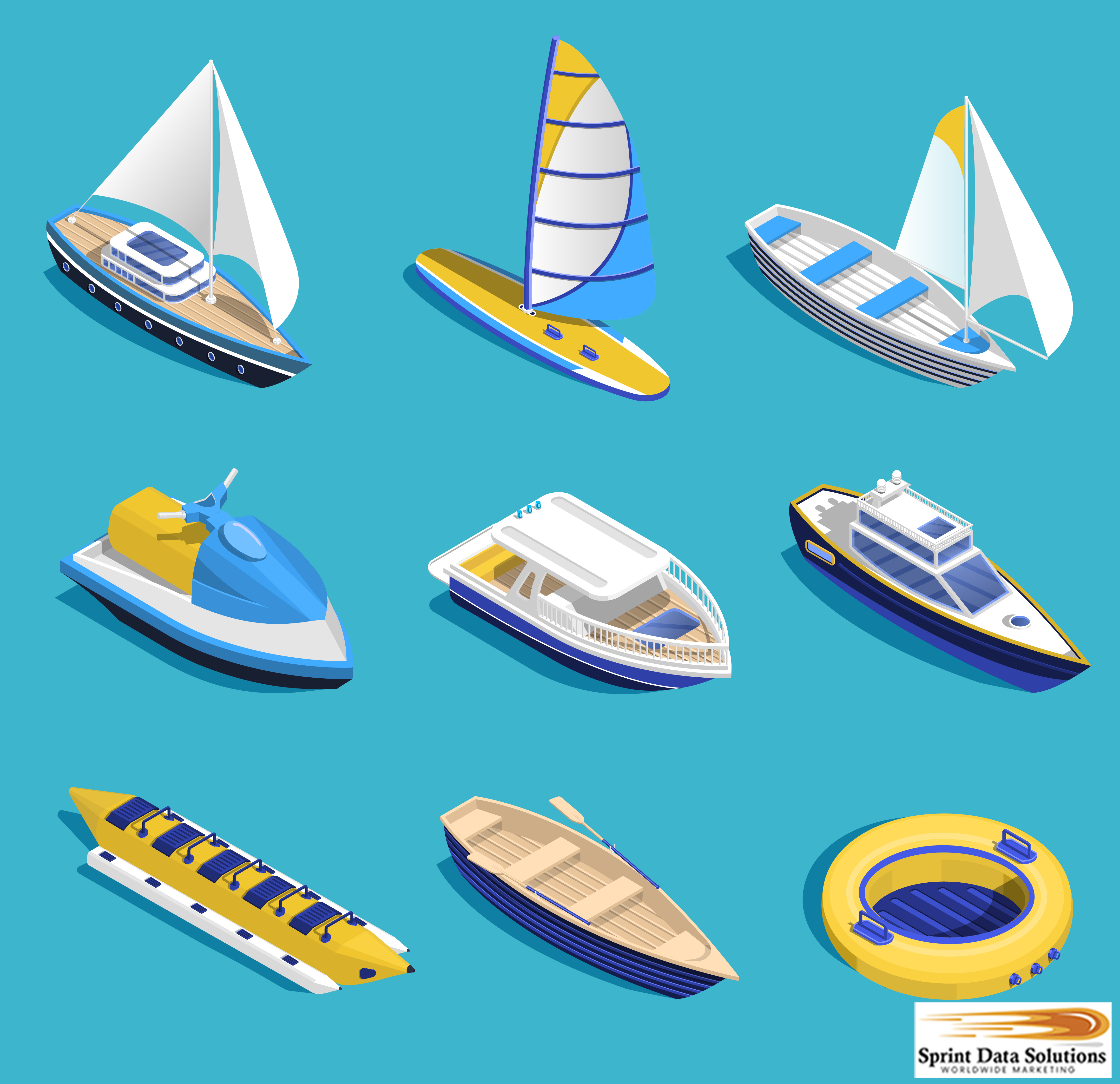
The Different Boat Categories
Boats can generally be classified into three main types based on their primary method of propulsion: human-powered, motor-powered, and wind-powered. Human-powered boats, such as rowboats, kayaks, canoes, and dinghies, rely entirely on the physical effort of people using oars or paddles to navigate through the water. These boats are typically small, lightweight, and ideal for lakes, rivers, and other calm bodies of water. Motor-powered boats, including fishing boats, ski boats, and cruisers, are equipped with engines that propel them forward. These engines can be powered by gasoline, diesel, or electricity, with electric motors becoming increasingly popular due to their quiet operation and environmental benefits. Wind-powered boats are primarily sailboats, which use sails to harness the wind for movement. While many sailboats rely solely on wind, some are equipped with auxiliary motors for maneuvering in marinas or during calm conditions. It’s important to note that some boats are hybrid in nature, utilizing two or more propulsion systems to increase versatility and reliability. In addition to these types, boats are also categorized by their function or design into four general categories: fishing boats, recreational boats, commercial boats, and military or rescue vessels. Each category serves distinct purposes and is equipped with features tailored to its specific use, reflecting the broad range of needs boats are designed to fulfill.
Category A: Ocean Class Boats
Ocean-class boats are built to withstand the harshest maritime environments, making them some of the most durable and capable vessels on the water. Specifically engineered for long-range travel and open-ocean conditions, these boats are designed to navigate through powerful winds, large swells, and even moderate storms with stability and confidence. Many are equipped with advanced navigation systems, reinforced hulls, and redundancy in critical systems for maximum safety and reliability. Ocean-class boats are also highly self-sufficient, typically featuring full living quarters, onboard power generation, desalination systems, and ample storage for food, fuel, and equipment—allowing for extended voyages without the need for port stops. Owners of these vessels tend to be experienced mariners with a strong sense of independence and adventure. They often possess significant financial means, as these boats represent a major investment, both in purchase and upkeep. Whether used for world cruising, offshore exploration, or transoceanic travel, ocean-class boat ownership reflects a lifestyle built around freedom, resilience, and a passion for the sea.
Category B: Offshore Class Boats
Offshore class boats are designed to handle the challenges of coastal and near-ocean waters, offering a balance between seaworthiness and versatility. While they are capable of navigating open waters and can handle large waves, strong winds, and mild storms, they are not intended for extended voyages far from land. Instead, these boats are ideal for activities that take place a few miles offshore, such as deep-sea fishing, diving, and various water sports, which is how they get their name. They typically feature deeper hulls and more powerful engines than inshore boats, providing added stability and performance in choppier waters. Offshore boat owners are often passionate about marine recreation and prefer vessels that allow them to safely venture beyond bays and harbors without requiring the heavy-duty specifications of full ocean-crossing yachts. These boats strike a practical middle ground—robust enough for rougher waters, yet manageable and efficient for day trips and recreational use along the coast.
Category C: Inshore Class Boats
Inshore class boats are specifically designed for use in calmer, sheltered waters such as lakes, rivers, bays, and near coastal areas. While they are not built for the open ocean, these boats are capable of handling moderate wind conditions and medium-height waves, making them a reliable choice for a variety of recreational outings. Their relatively compact size and user-friendly design make them especially popular among casual boaters and families looking for an accessible way to enjoy time on the water. Inshore boats are commonly used for activities like fishing, cruising, wildlife watching, or simply relaxing in the sun. Many models come equipped with features such as shallow drafts, comfortable seating, rod holders, livewells, and small cabins or bimini tops for shade, enhancing both comfort and functionality. Their versatility and ease of maintenance also make them an ideal choice for first-time boat owners or those seeking a low-stress, high-reward boating experience.
Category D: Coastal Water, Inland, and Sheltered Waters Class Boats
Category D boats are specifically designed for use on inland waterways such as calm rivers, narrow canals, and small, sheltered lakes. Built to handle gentle conditions, these boats are intended for environments with minimal wave action (typically less than 1.64 feet or 0.5 meters) and light wind speeds (up to Force 4 on the Beaufort scale, or around 13–18 mph). Because of their manageable size, ease of use, and lower cost, they are especially popular among first-time boaters and casual outdoor enthusiasts. Common examples include kayaks, canoes, small inflatables, dinghies, and other lightweight craft that prioritize maneuverability over durability in rougher conditions. Owners of Category D boats often have a strong interest in outdoor recreation, nature exploration, and water sports, but may still be in the early stages of learning about vessel upkeep, navigation skills, and boating regulations. These boats provide a gentle entry point into the world of boating, making them ideal for weekend adventurers, families, or anyone seeking a relaxing experience on calm waters.
Types Of Boats
Our comprehensive boat owners contact list includes individuals who own a wide variety of boat types, ensuring broad market reach and targeted engagement opportunities. This list features owners of motorboats, sailboats, fishing boats, pontoon boats, personal watercraft, yachts, cabin cruisers, houseboats, and other specialty watercraft. Whether you’re looking to connect with recreational boaters, sport fishing enthusiasts, or luxury yacht owners, our database provides detailed insights to help you tailor your message and maximize your marketing efforts.
- Bowrider Boats
- Cabin Cruiser Boats
- Canal Boats
- Canoes
- Center Console Boats
- Cigarette Boats
- Cuddy Cabin Boats
- Deck Boats
- Dinghies
- Fishing Boats
- Houseboats
- Inflatable Boats
- Jon Boats
- Kayaks
- Motorboats
- Pontoon Boats
- Rowboats
- Sailboats
- Ski Boats
- Skiffs
- Speedboats
- Trawlers
- Tugboats
- Yachts
Access all of these boat owners and more with our boat owners list.
Tap Into The Growing Market Of Boat Owners
Sprint Data Solutions Worldwide Marketing, proudly founded in Las Vegas by a Service-Disabled Veteran, has grown into one of the nation’s premier providers of targeted marketing databases. Leveraging years of experience in both traditional and digital outreach, we have curated one of the most comprehensive and diverse databases available today. Our specialty lists span a wide range of industries and interests, offering businesses the tools they need to directly engage the right audiences through methods like direct mail, email marketing, telemarketing, and SMS outreach. Each list is rich in detail and goes far beyond basic contact information—our data includes demographics (such as age, income, and location), psychographics (including values, goals, and behaviors), and lifestyle indicators that reveal preferences and buying habits. This multi-layered approach enables businesses to fine-tune their campaigns, reach qualified prospects, and build lasting customer relationships with precision.
At Sprint Data Solutions, we don’t just deliver data—we deliver confidence. Every record in our database undergoes rigorous quality assurance procedures. We utilize industry-leading validation systems such as the National Change of Address (NCOA) registry, the Certified Address Accuracy System (CAAS), and other real-time verification tools to guarantee the highest standards of data integrity. Our lists are regularly refreshed and filtered through multiple checkpoints to eliminate outdated or inaccurate entries, ensuring you’re always working with the most current and actionable information. Whether you’re launching a regional outreach effort or a nationwide marketing blitz, our data empowers you to segment and personalize your messaging at the micro level, ultimately increasing engagement rates and maximizing return on investment. With Sprint Data Solutions, your marketing strategy isn’t just informed—it’s elevated.
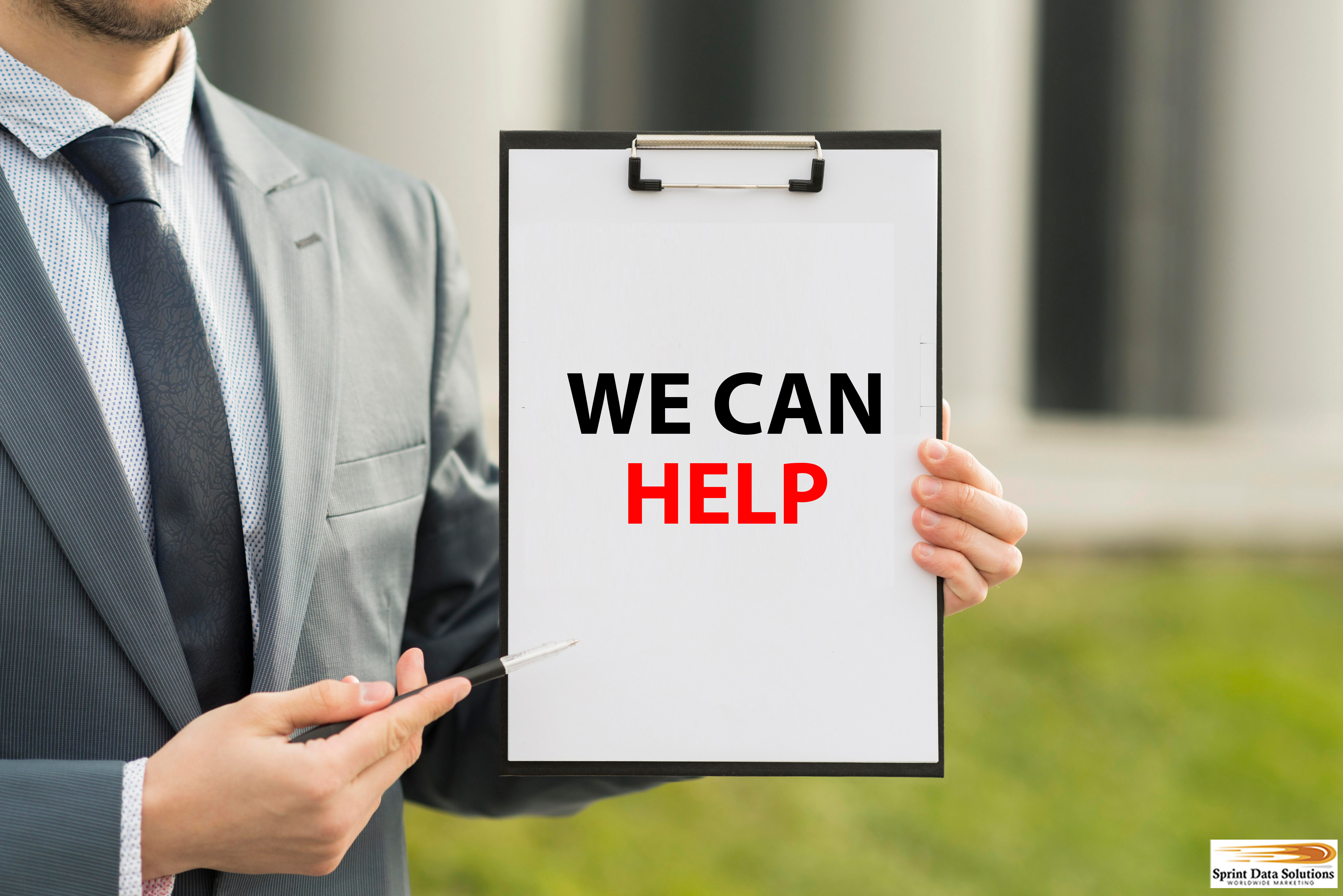
Access The Right Boat Owners For Your Marketing Efforts
At Sprint Data Solutions Worldwide Marketing, we provide far more than just a list of names—we deliver complete, detailed profiles on each individual included in our boat owner lists. This comprehensive data gives you the ability to filter, sort, and refine your list based on criteria that matter to your marketing goals, such as location, boat type, income level, spending habits, lifestyle preferences, and more. By accessing this level of detail, you’re empowered to create campaigns that truly resonate with your audience, improving engagement and maximizing your return on investment.
Our boat owner lists aren’t just about outreach—they’re about insight. With our data, you can gain a clearer understanding of the boat owner market, helping you stay ahead of industry trends and adjust your marketing strategies in real time. Whether you’re selling boating accessories, offering marina services, promoting insurance plans, or launching a seasonal campaign, our lists help ensure that your message reaches the right people at the right time.
But we don’t stop at delivering the data. Our experienced team is here to guide you through it all—from choosing the right targeting criteria to providing best practices for cold calling, email outreach, SMS marketing, or direct mailers. We’ll work closely with you to ensure that every piece of your campaign is set up for success.
Get in touch with Sprint Data Solutions Worldwide Marketing today to begin your campaign with confidence. Our dedicated experts will make sure you have the insights, tools, and support you need to turn contact lists into customers and marketing efforts into measurable growth.
